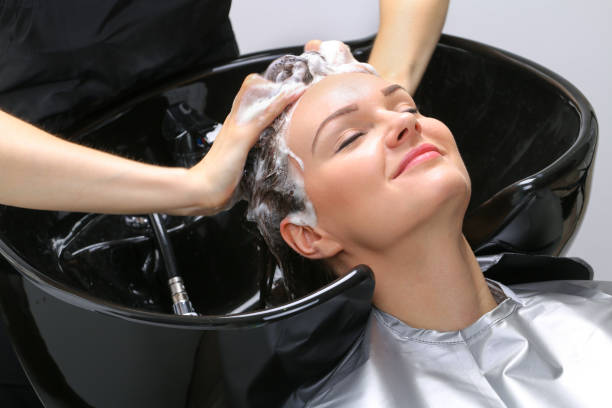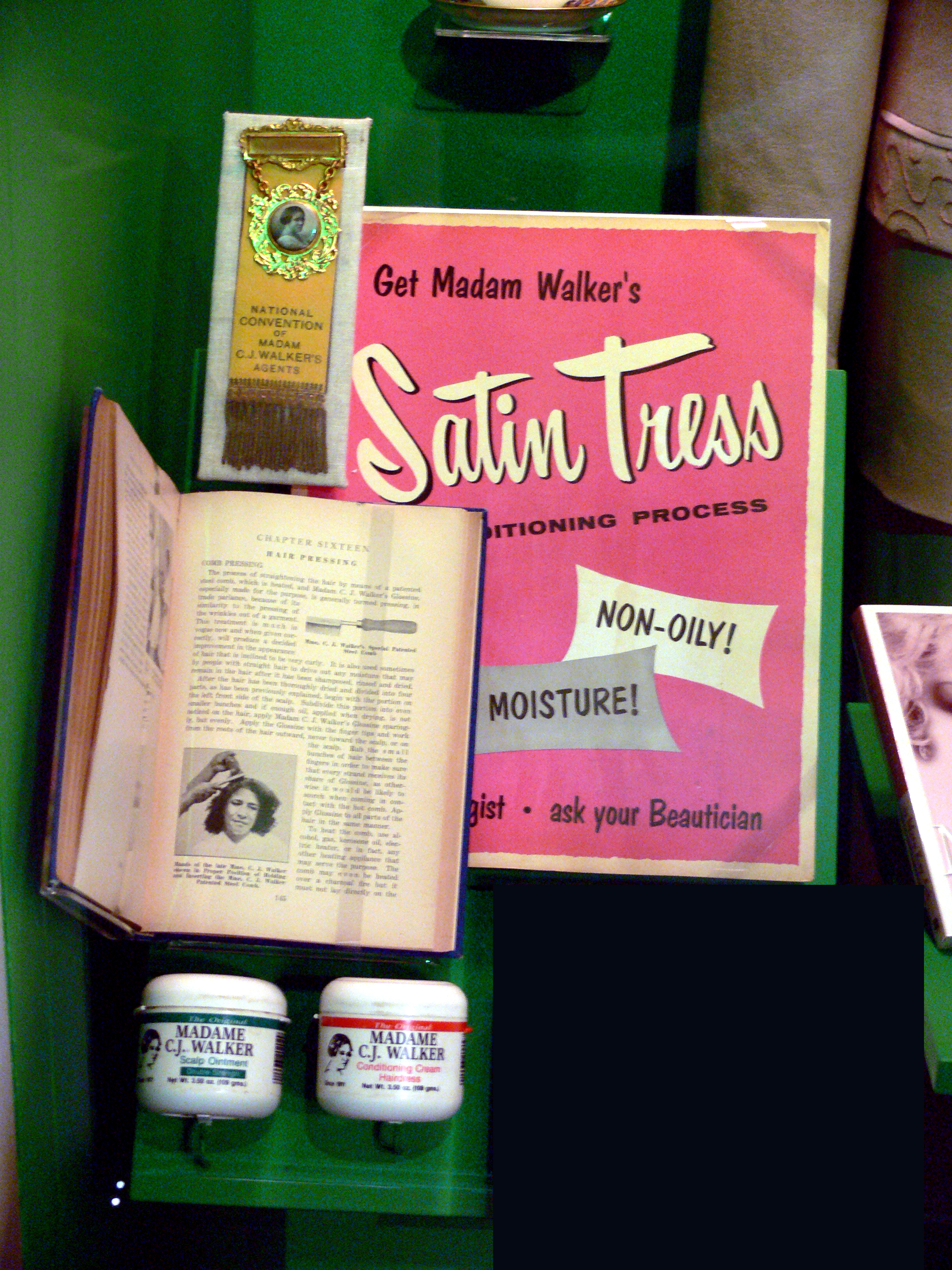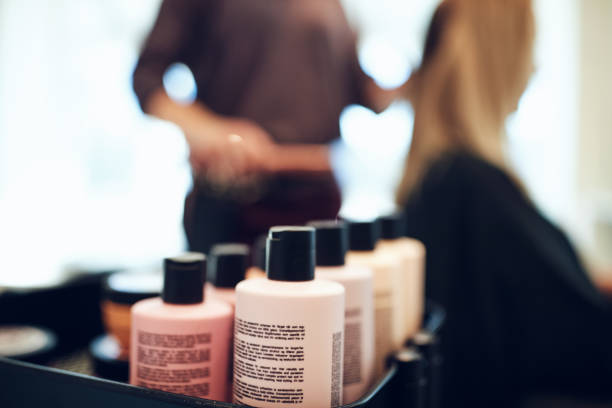Madam C. J. Walker Grave. Photo by Anthony22.
Madam C.J. Walker: Top 10 Facts about the Legendary Entrepreneur
Madam C. J. Walker was an African American businesswoman who made her fortune in the cosmetics and hair care industry targeting black women. Although some dispute this claim, she is widely regarded as the first female self-made millionaire in the United States. In any case, her accomplishments are remarkable even by today’s standards.
Her eponymous company grew to have sales in the upper five figures (the equivalent of nearly $10 million today) in just 13 years.
She was also well-known for her charitable contributions, including a gift to the Indianapolis YMCA in 1913. Walker’s life was portrayed by Octavia Spencer in the 2020 television show Self Made.
1. She was originally named Sarah Breedlove
Walker was born Sarah Breedlove on a cotton plantation near Delta, Louisiana, on December 23, 1867. Her parents, Owen and Minerva, had been enslaved and had recently been freed, and Sarah, their fifth child, was the first in her family to be born free.
Minerva died in 1874, and Owen died the following year from unspecified causes, leaving Sarah an orphan at the age of seven. Sarah was sent to live with her sister, Louvinia, and her brother-in-law after her parents died.
Sarah picked cotton and was likely employed doing household work when the three moved to Vicksburg, Mississippi, in 1877, although no documentation exists to verify her employment at the time.
2. Walker was already married at 14
Sarah married for the first time in 1882, at the age of 14, to a man named Moses McWilliams. The couple had one child, Lelia, but Moses died six years into the marriage, leaving Sarah a widow at the age of twenty.
She married twice more, to John Davis in 1894 and Charles Joseph Walker in 1906, from whom she took the name Madam C. J. Walker.
3. Her first hair-care industry boss was Annie Malone

Generic hair spray bottles. Photo by adventtr.
Annie Malone was another forerunner of African American hair products, developing and manufacturing a wide range of treatments that she sold door-to-door. Malone’s company expanded, and she hired saleswomen like Walker.
St Louis had a sizable African-American population, making it an ideal location for the launch of new haircare products. Sarah began to develop and experiment with her own product line while working for Malone.
4. Annie Malone became her worthy business rival
Perhaps unsurprisingly, Annie Malone did not take kindly to her former employee establishing a rival business with a nearly identical formula to hers: this was not particularly noteworthy, as the combination of petroleum jelly and sulphur had been in use for nearly a century, but it sparked animosity between the two.
5. Walker’s origin story was attributed to severe dandruff!

Hairdresser washing woman’s hair in a salon. Photo by Csaba Toth.
Keeping your hair and skin clean and healthy-looking was much more difficult than it sounds in a world where many people did not have access to indoor plumbing, let alone central heating or electricity. Harsh products were used, such as carbolic soap, which could irritate sensitive skin.
Walker had severe dandruff and an irritated scalp, which were exacerbated by a poor diet and infrequent washing.
While some haircare products were available for white women, black women were largely ignored; in large part because white entrepreneurs had done little to understand the types of products black women needed or desired for their hair.
Sarah developed a scalp disorder in the 1890s that caused her to lose much of her hair, and she began experimenting with both home remedies and store-bought hair care treatments to try to improve her condition.
6. She changed her official title after marrying Charles Walker
Sarah married Charles Walker in 1906 and changed her name to Madam C. J. Walker: the prefix ‘Madam’ was associated with the French beauty industry, and thus sophistication.
Sarah’s husband, Charles, assisted her in creating advertisements for a hair care treatment she was developing for African Americans. Her husband also encouraged her to go by the more recognizable name “Madam C.J. Walker,” which she did.
Charles provided business advice, while Sarah created and sold the products, beginning in Denver and expanding across America.
7. Walker opened a factory and beauty school in 1908

Madam C J Walker items Women Museum. Photo by User:FA2010.
Walker opened a factory and a beauty school in Pittsburgh in 1908, and by 1910, when she relocated her business operations to Indianapolis, the Madam C.J. Walker Manufacturing Company had become wildly successful, with profits in the modern-day equivalent of several million dollars.
8. Her sales women were known as “Walker Agents”

Badge from the National Convention of Madam C. J. Walker’s Agents. Photo from
The company in Indianapolis not only manufactured cosmetics, but also trained sales beauticians. These “Walker Agents” became well-known throughout the United States’ Black communities. In turn, they promoted Walker’s philosophy of “cleanliness and loveliness” as a means of elevating African Americans’ status.
Walker, a never-say-die innovator, organized clubs and conventions for her representatives that recognized not only successful sales, but also philanthropic and educational efforts among African Americans.
9. She was criticized by the Black community

Bottles of styling products in a hair salon. Photo by FlamingoImages.
Madam C. J. Walker’s hair regimen included a pomade (hair wax) to stimulate growth, a softening shampoo, lots of brushing, combing hair with iron combs, and an increased washing pattern: all of these steps promised women soft and luxurious hair.
Soft and luxuriant hair, which can also be interpreted as straight hair, was imitating traditionally white beauty standards, often at the expense of black women’s long-term hair health. Some in the community accused Walker of pandering to white beauty standards; she insisted that her products were primarily about healthy hair, rather than style or cosmetic appearance.
10. Walker was a generous philanthropist

Online donation platform. Photo by Ralf Hahn.
In addition to amassing a fortune, she generously gave back to the black community, including building community centres, endowing scholarship funds, and establishing educational centres.
Walker became increasingly politically active later in life, particularly within the black community, and counted among her friends and colleagues some of the most prominent black activists and thinkers, including W. E. B. Du Bois and Booker T. Washington.
In her will, she left large sums of money to charity, including two-thirds of her estate’s future profits. Walker was the wealthiest African American woman in the United States when she died in 1919, estimated to be worth just under $1 million at the time.
Planning a trip to Paris ? Get ready !
These are ���������Dz�’�����������-����������Բ� travel products that you may need for coming to Paris.
Bookstore
- The best travel book : Rick Steves – Paris 2023 –��
- Fodor’s Paris 2024 –��
Travel Gear
- Venture Pal Lightweight Backpack –��
- Samsonite Winfield 2 28″ Luggage –��
- Swig Savvy’s Stainless Steel Insulated Water Bottle –��
We sometimes read this list just to find out what new travel products people are buying.









